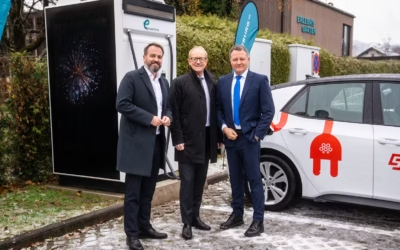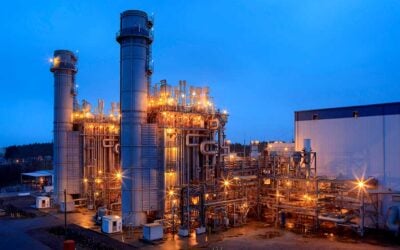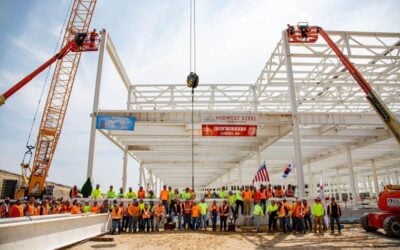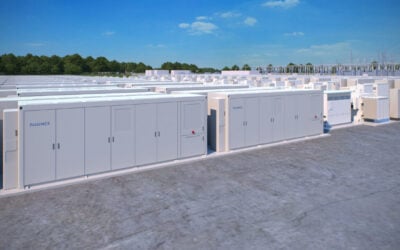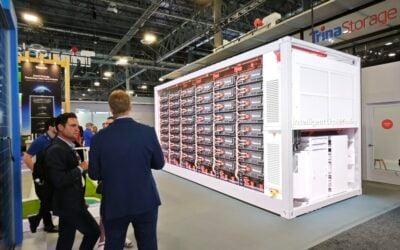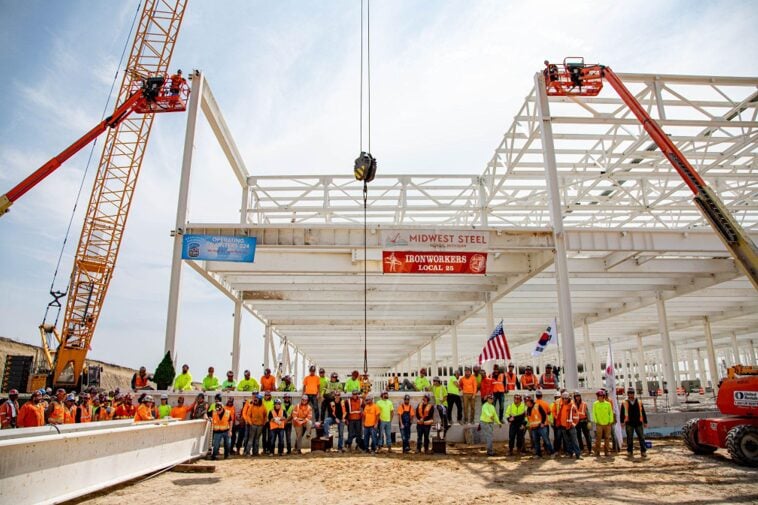
Despite a slowdown in electric vehicle (EV) sales in the US, LG Energy Solution (LG ES) experienced a quarterly rise in profits, driven in part by increasing demand for energy storage.
The South Korean battery and energy storage system manufacturer announced its Q3 2025 financial results yesterday (29 October), posting KRW601.3 billion (US$420 million) in operating profit for the quarter and KRW5.7 trillion in consolidated revenue.
Quarterly EBITDA was KRW1.5 trillion, up 10.4% quarter-on-quarter from KRW1.38 trillion in Q2 2025. LG Energy Solution listed on the Korea Exchange (KRX) in 2022 with a US$10.8 billion IPO.
In a company presentation to explain results, LG ES said this equated to a 10.5% operating profit margin, up from 8.8% in Q2 and 6.5% in Q3 of last year.
Try Premium for just $1
- Full premium access for the first month at only $1
- Converts to an annual rate after 30 days unless cancelled
- Cancel anytime during the trial period
Premium Benefits
- Expert industry analysis and interviews
- Digital access to PV Tech Power journal
- Exclusive event discounts
Or get the full Premium subscription right away
Or continue reading this article for free
The manufacturer has strategically focused on the US as one of its biggest markets, becoming one of the country’s major players in lithium-ion battery production.
However, the expiration of EV purchase tax credit subsidies has resulted in a slowdown in demand for the vehicle batteries LG ES originally invested in making at its US factories.
LG ES had expected to be able to make use of tax credits for around 45-50GWh of products in the US at the beginning of this year but has now revised that figure down to approximately 35-40GWh.
In Q2, almost all of the company’s US$490 million profit from the quarter came from North American production incentives.
Tax credits are still in place for energy storage projects, meanwhile. LG ES has retooled EV battery production lines at its Holland, Michigan, gigafactory complex to achieve 17GWh of annual production capacity for lithium iron phosphate (LFP) energy storage system (ESS) cells.
LG ES plans to ramp that up to 30GWh of LFP ESS cell production in the US by the end of 2026. The company said increased LFP cell production at the Michigan factory, along with the launch of a new cylindrical EV cell and a pouch cell for IT applications and cost-reduction measures, were among the main factors in driving the revenue increase despite falling sales in the EV segment.
120GWh ESS backlog
The company and fellow Korean battery makers, including Samsung SDI and SK On, have been seen as among the biggest winners through US policy this year, in that incoming changes to eligibility laws for the investment tax credit (ITC) mean any project benefitting from Chinese assistance over a certain threshold will not be able to get the ITC under foreign entity of concern (FEOC) provisions from the end of this year.
While the controversial September raid by US Immigration and Customs Enforcement (ICE) on the EV battery factory operated through an LG ES joint venture with carmaker Hyundai has thrown another unexpected element into the mix, overall it appears the Korean manufacturers are poised for an early mover advantage in already having battery or component production within the US that is not Chinese-owned.
LG ES does not break down figures by business segment in detail but said in a release that its ESS battery backlog stood at 120GWh at the end of the third quarter and commented on its ability to establish supply chains in strategic locations without Chinese involvement.
The company said it expects strong growth in the US energy storage market after the settling of policy uncertainty with the signing of the ‘One Big, Beautiful Bill Act’ (‘OBBBA’) into law and rising load growth coming from AI data centres as the tailwinds.
In Europe, it said increasing renewable energy penetration is going hand-in-hand with growing awareness of the need for energy security, although the resulting increase in demand for energy storage has been gradual. There is also caution in Europe against high dependency on China, the company said.
LG ES said it would continue to capitalise on the rise in energy storage demand and leverage its established EV production lines, accelerating the transitioning of production capacity from vehicle batteries to ESS.
It also aims to develop a comprehensive ESS solution combining its cells with its system integration capabilities. In the US, the manufacturer has established a system integrator subsidiary, LG ES Vertech.
Product development news came in the form of high-density pouch cells for ESS applications, which LG ES said could enhance energy capacity and lower cost per unit, while it also aims to introduce prismatic LFP batteries for ESS by 2027.

